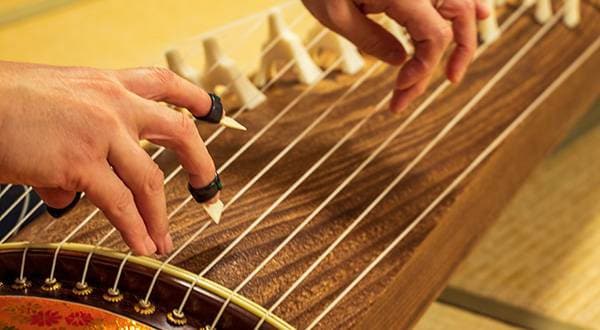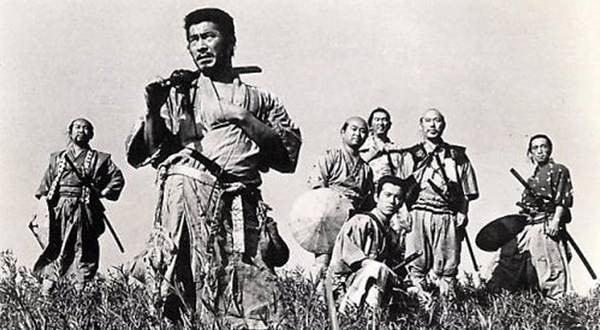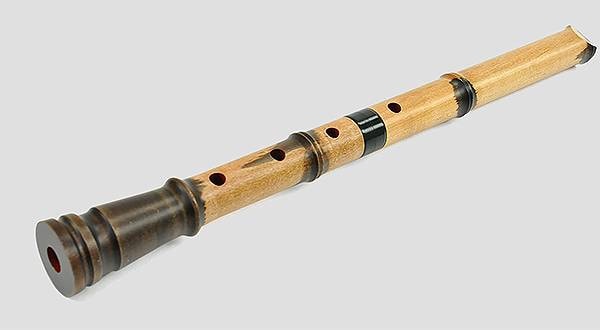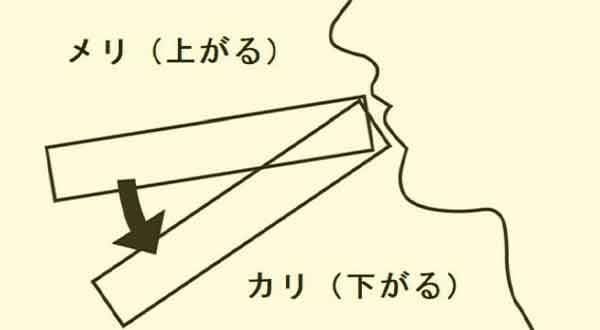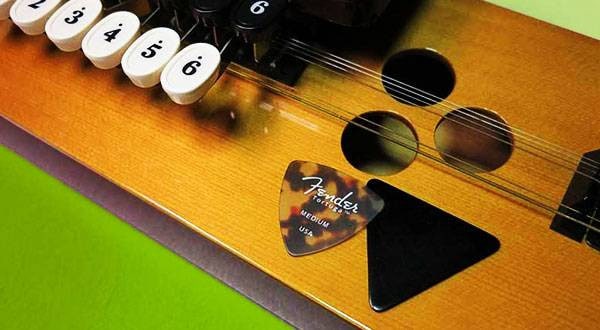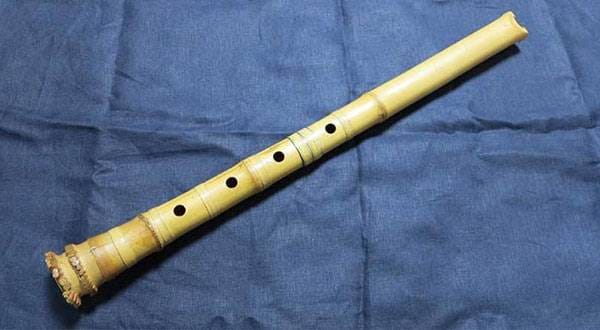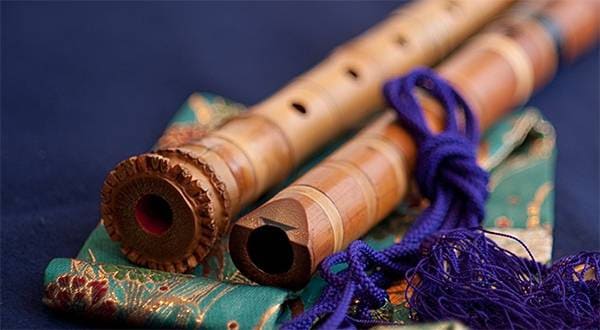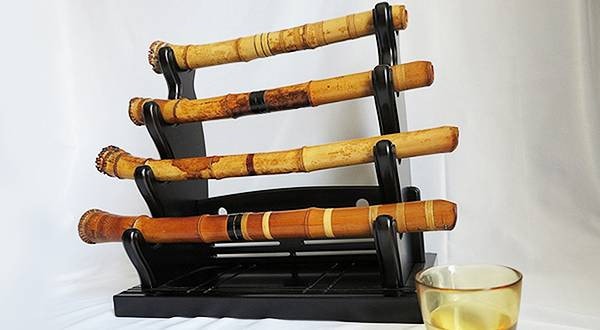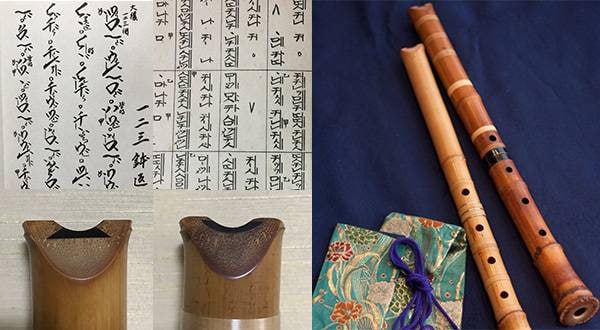The shakuhachi has only five finger holes, so we don't use the little finger when playing. However, that does not mean it is useless. In fact, it plays a very important role, for example, for balancing and for avoiding unnecessary force on other fingers. In order to help those who are new to shakuhachi, I would like to talk about the "little finger" when playing shakuhachi.
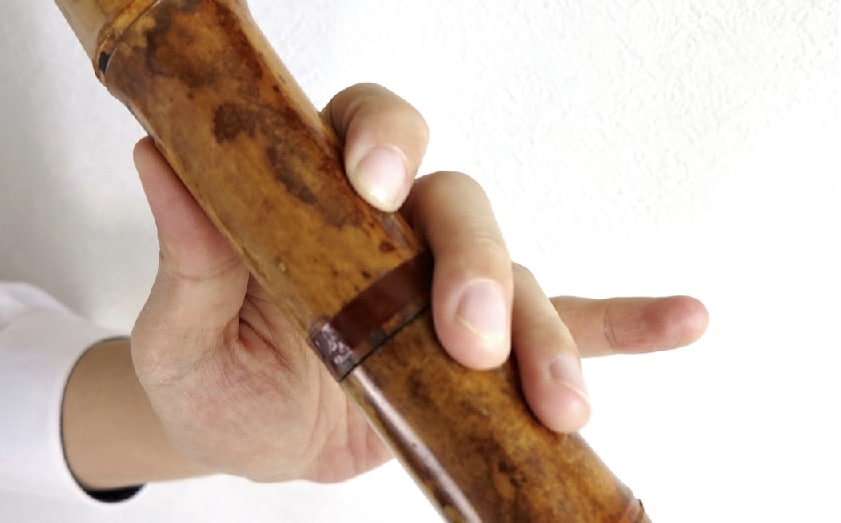
First, try moving your little finger. Doesn't the ring finger move together with it? This is different for those who play the piano or guitar and train their fingers to move separately, but I think many people move their ring fingers as well when they move their little finger. It is said that the reason is that the muscles of the ring finger are weak because the tendons of the little finger and ring finger are connected, and it is difficult for the brain to move just the one finger. The position of the little finger is very important because it can put extra force on the ring finger, or cause the little finger to stick out or be prone to dangling. I will introduce what I learned from my Sensei, but as there are individual differences between people’s motor nerves, pls refer to this as just one example only.
~ Little finger of the left hand ~
■ Basic form
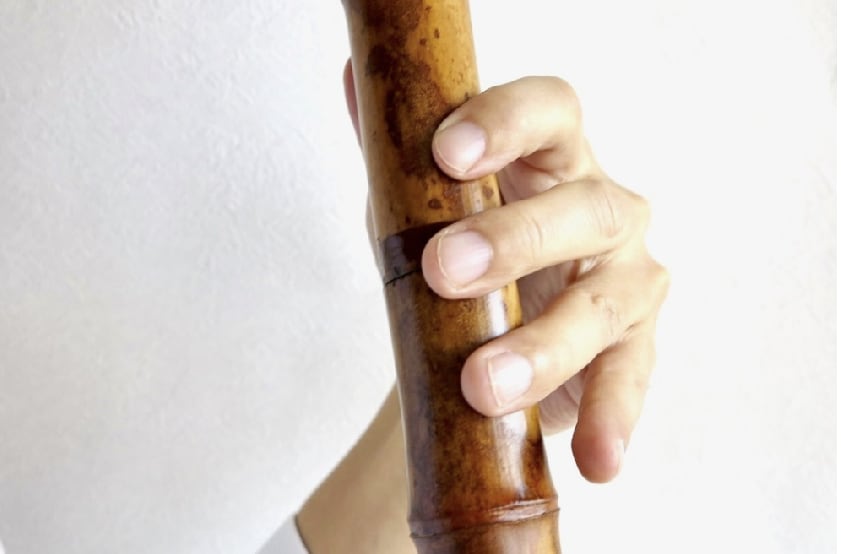
The shakuhachi instructional book says, "Let the little finger of the left hand float lightly". Surely, this positioning is the most useless force, so please consider it as "basic form". With this form, you can play fast phrases without getting messed up from playing for a long time.
■ Applied form
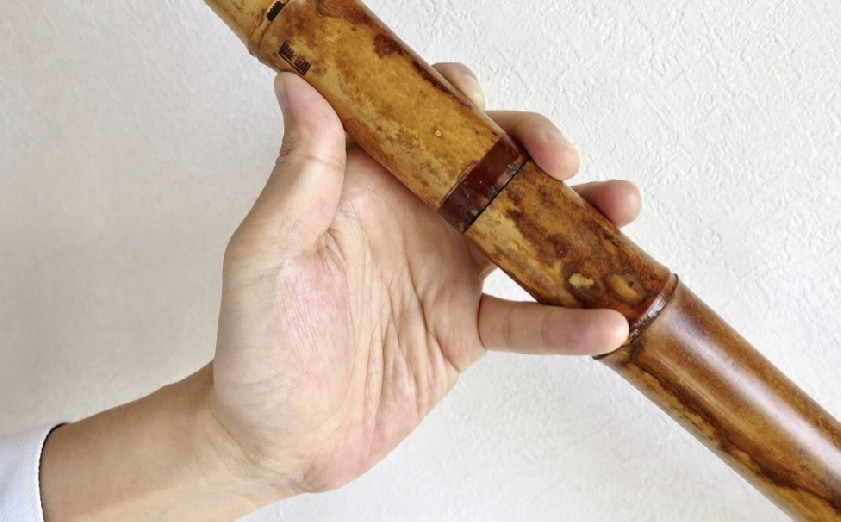
Put your little finger behind the bamboo. The thumb will have to bear less of a load because it is stabilized by the assistance of the little finger. Another advantage of this positioning is that you can hold the shakuhachi with one hand. Since many shakuhachi scores are long, the score may be flipped during the performance. In such a case, if you hold your little finger in this way, you can turn over the score without changing the playing posture. I usually use this form. In a fast phrase, it is difficult to move the index finger and ring finger, so in that case, I return to the basic form and play with the little finger raised. There are people who often hold a microphone with their little finger below the mic in karaoke, but I think it's not only cool, but also good for balance and is a rational position. In my generation, it was called "Himuro mochi", and it was very similar.
~ Little finger of the right hand ~
■ Basic form

Lightly place the little finger under the first hole. Depending on the person, some people can lift their little finger, but I think it's best to use this form as a basic rule, and to use your fingers to lift your little finger when using a fast phrase. I sometimes see people who cut the bamboo so that they can easily put their little finger in just the right position.
■ Applied form
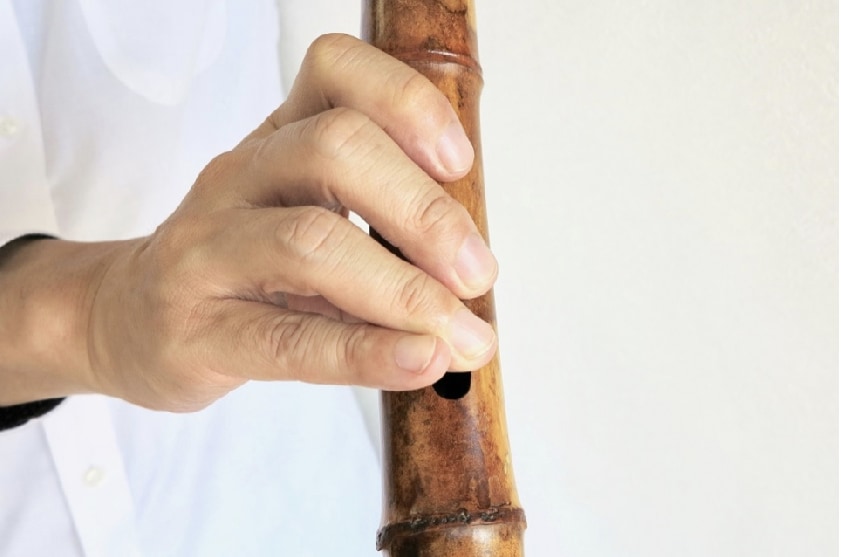
Connecting the little finger to the bamboo makes it difficult to move the ring finger. Especially in the case of "Tsu no Oo-meri (D#)", the little finger and ring finger are separated, which makes it difficult to move. In such a case, touch the little finger to the ring finger as shown in the image and it stabilizes the ring finger very well. Also, for phrases that change pitch depending on how the hole is closed, such as moving from "Tsu no Oo-meri (D #)" to "Tsu no Chu-meri (E)", it is easy to fine-tune the pitch by using the little finger.
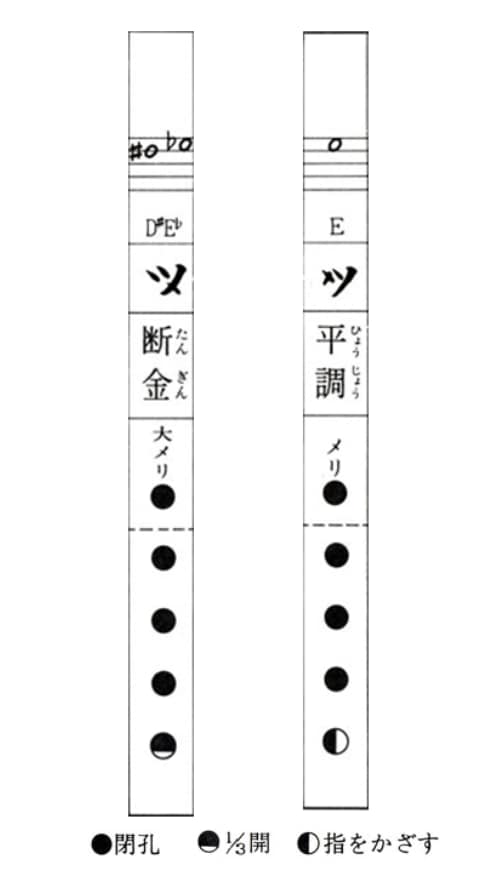
The little finger is also called a "balancing finger", and your playing ability will improve dramatically depending on how you use your little finger. In addition to the method introduced this time, there may be some people who say "it is better to bend and fold the little finger" or "it is better to stick it out". Since it is a shakuhachi, which is a simple instrument with only holes made in bamboo, I think that the playing techniques are endless and that is what makes the shakuhachi instrument attractive.






